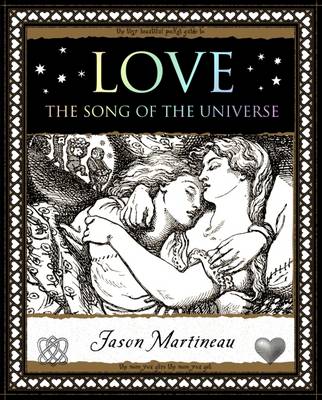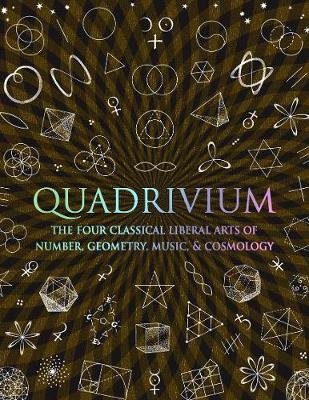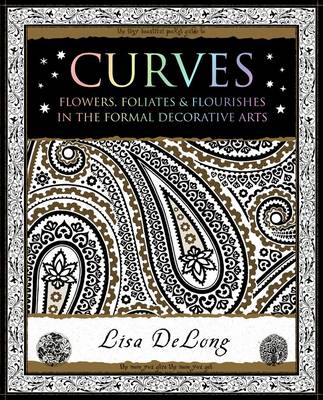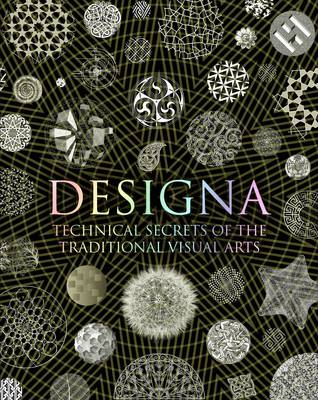Wooden Books
6 total works
Why did Pythagoras pause outside a Blacksmith's workshop? Can the nature of Harmony really be understood visually? Why do harmonies leave gaps or 'commas' when added together? In this charming little book Anthony Ashton uses a Victorian device called a Harmonograph to tell the story of Harmony and the intervals in the scale. With useful appendices and exquisite line drawings this is a unique and original introduction to this magical subject. WOODEN BOOKS are small but packed with information. "Fascinating" FINANCIAL TIMES. "Beautiful" LONDON REVIEW OF BOOKS. "Rich and Artful" THE LANCET. "Genuinely mind-expanding" FORTEAN TIMES. "Excellent" NEW SCIENTIST. "Stunning" NEW YORK TIMES. Small books, big ideas.
What exactly is love? How many different kinds of love are there? Have the metaphors for love changed much over the centuries? What are the best classical love stories? Is love universal? In this fascinating and lovely little book, packed with rare and beautiful pictures, Jason Martineau takes us on a journey through the landscape of love, combining ideas from both ancient and modern sources to explore life's most prominent and provocative theme. WOODEN BOOKS are small but packed with information. "Fascinating" FINANCIAL TIMES. "Beautiful" LONDON REVIEW OF BOOKS. "Rich and Artful" THE LANCET. "Genuinely mind-expanding" FORTEAN TIMES. "Excellent" NEW SCIENTIST. "Stunning" NEW YORK TIMES. Small books, big ideas.
What sort of things happen when space crystallises? Why were primordial sages fascinated with five simple forms?
Does the three-dimensional jigsaw fit simply together? If so how? Find out about one of the languages spoken throughout the universe! An understanding of the Platonic Solids, and their close cousins, the Archimedean Solids has long been required of students seeking entry into ancient wizdom schools. This book, illustrated by the author, is a beautiful introduction to three-dimensional mathemagical space. WOODEN BOOKS are small but packed with information. "Fascinating" FINANCIAL TIMES. "Beautiful" LONDON REVIEW OF BOOKS. "Rich and Artful" THE LANCET. "Genuinely mind-expanding" FORTEAN TIMES. "Excellent" NEW SCIENTIST. "Stunning" NEW YORK TIMES. Small books, big ideas.
Does the three-dimensional jigsaw fit simply together? If so how? Find out about one of the languages spoken throughout the universe! An understanding of the Platonic Solids, and their close cousins, the Archimedean Solids has long been required of students seeking entry into ancient wizdom schools. This book, illustrated by the author, is a beautiful introduction to three-dimensional mathemagical space. WOODEN BOOKS are small but packed with information. "Fascinating" FINANCIAL TIMES. "Beautiful" LONDON REVIEW OF BOOKS. "Rich and Artful" THE LANCET. "Genuinely mind-expanding" FORTEAN TIMES. "Excellent" NEW SCIENTIST. "Stunning" NEW YORK TIMES. Small books, big ideas.
Quadrivium
by Miranda Lundy, Daud Sutton, Jason Martineau, John Martineau, and Anthony Ashton
Published 1 October 2010
The Quadrivium consists of the four Liberal Arts of Number, Geometry, Music, and Cosmology, studied from antiquity to the Renaissance as a way of glimpsing the nature of reality. They synthesize number, space, and time. Geometry is number in space, music is number in time, and the cosmos expresses number in space and time. Number, music, and geometry are metaphysical truths, good and beautiful everywhere at all times. Life across the universe investigates them. They foreshadow the physical sciences. This is the first volume to bring together the Quadrivium for many hundreds of years
Curves: Flowers, Foliates & Flourishes in The Formal Decorative Arts
by Lisa DeLong
Published 1 November 2013
Why are curves important? What are the secrets of ornamentation? How do you create an invisible repeat in a fabric or wallpaper design? Does a hidden geometry inform these free-flowing floral compositions? In this beautiful pocket book, packed with rare illustrations and helpful diagrams, artist Lisa DeLong demonstrates the time-honoured techniques behind the use of curves and plant forms in the traditional visual arts. From ironwork to illuminated manuscripts, this is an inspirational book.
Do you ever stare at patterns and wonder how to construct them? Are you ever captivated and inspired by Celtic or Islamic art? Do you ever think about the illusion of depth perspective that your brain builds from your senses? Are you aware that symmetry informs your feeling of what is right? Is there a Golden secret which is hidden in nature and all the traditional arts? Packed with information and exquisite illustrations by more than twelve expert authors, DESIGNA is the ultimate sourcebook for visual artists, artisans and designers of every kind.





